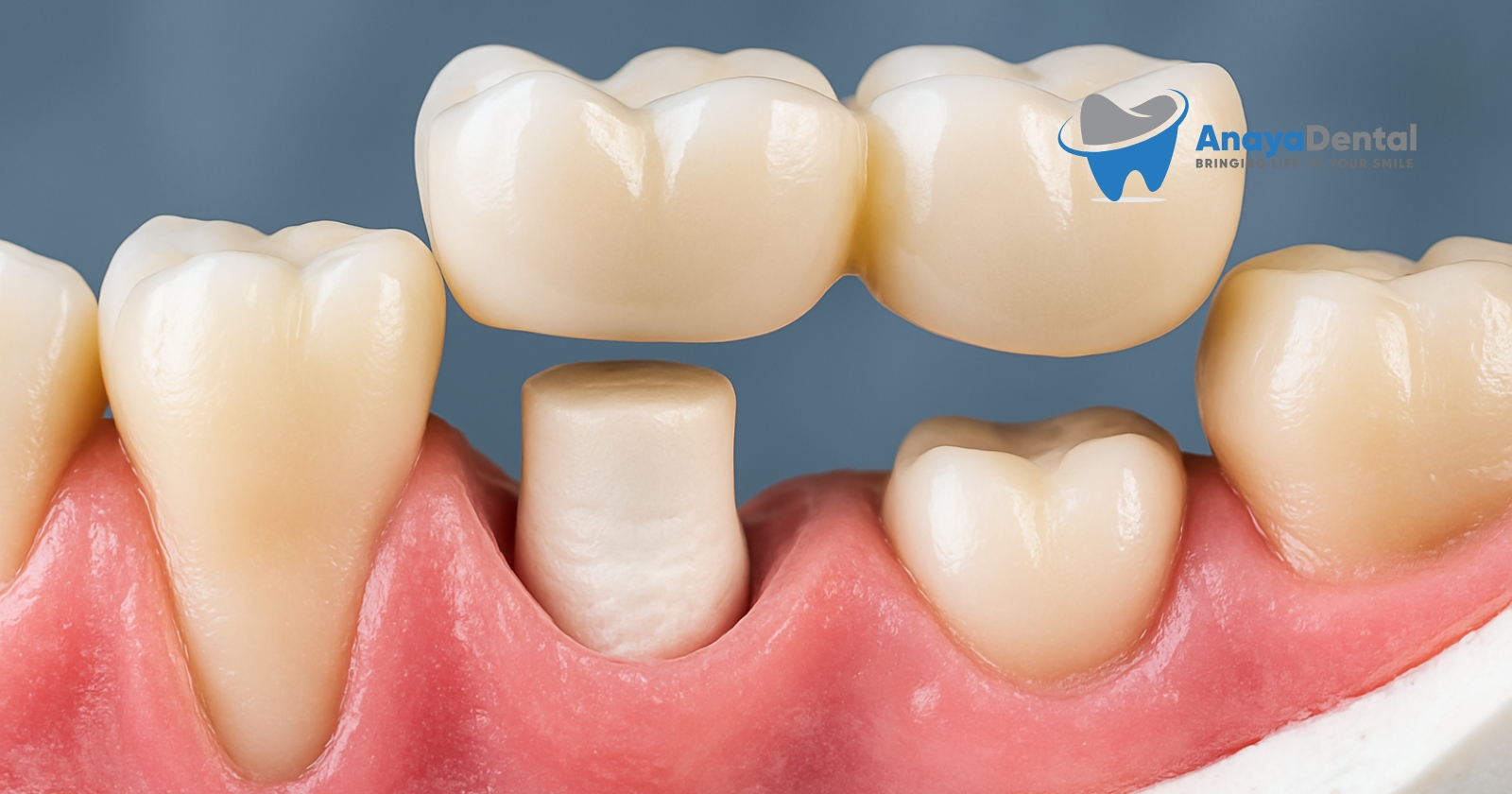Do you need a gold crown but feel confused by dental terminology and insurance codes? Understanding gold crown dental codes can help you communicate with your dentist, navigate insurance coverage, and potentially save thousands on your dental work.
What Are Gold Crown Dental Codes?
Gold crown dental codes are standardized numbers established by the American Dental Association (ADA) through their Current Dental Terminology (CDT) system. These codes ensure accurate documentation, streamline insurance claims processing, and improve communication between dental professionals.
The primary code you need to know for a full gold crown is D2790, which designates a “Crown – full cast high noble metal.” This means the crown is completely constructed of high noble metal—typically gold—covering the entire remaining portion of your tooth.
Try Our Dental Calculators
Why Gold Crowns Might Be Right for You
Gold crowns have maintained their relevance in dentistry for centuries because of several clinical advantages:
- Superior durability that can withstand significant chewing forces
- Exceptional biocompatibility that minimizes the risk of allergic reactions
- Remarkable plaque resistance that helps protect teeth from decay
- No risk of ceramic fractures that may occur with other crown types
Many gold restorations placed decades ago remain functional and intact, demonstrating their exceptional clinical longevity. For posterior teeth that bear significant chewing forces, gold remains an excellent choice.
Cost Breakdown: What You’ll Pay for a Gold Crown
The price of a gold crown varies significantly depending on your location. On average, you can expect to pay approximately $1,200 for a D2790 full cast high noble metal crown. However, prices range from:
- $900 in areas with a lower cost of living (such as Memphis, Tennessee or Cincinnati, Ohio)
- $1,500 in higher-cost metropolitan areas (like New York City or San Francisco)
This price variation highlights why you should compare costs between dental providers before proceeding with treatment.
Common Gold Dental Codes You Should Know
| Code | Description | Average Cost |
|---|---|---|
| D2790 | Crown – full cast high noble metal | $1,200 |
| D2780 | Crown – 3/4 cast high noble metal | $950-1,100 |
| D2410 | Gold foil – one surface | $500-700 |
| D2420 | Gold foil – two surfaces | $600-800 |
| D2430 | Gold foil – three surfaces | $700-900 |
Partial Coverage Options
If you’re looking to preserve more of your natural tooth structure, you might consider code D2780, which represents a “Crown – 3/4 cast high noble metal.” This partial coverage option still provides gold’s durability while maintaining more of your natural tooth. This option is often used for posterior teeth that aren’t prominently visible when speaking or smiling.
Gold Foil Restoration Codes
Gold foil represents one of dentistry’s oldest restoration techniques. Three primary codes are associated with gold foil restorations:
- D2410: Gold foil restoration on a single surface
- D2420: Gold foil restoration on two surfaces
- D2430: Gold foil restoration on three surfaces
While less common today with the advent of composite materials, gold foil restorations remain valuable in specific clinical situations where their unique properties provide advantages over modern alternatives.
Alternative Crown Materials and Their Codes
While gold offers exceptional durability, you might consider other materials based on your specific needs:
- D2791: Crown made from predominantly base metal
- D2792: Crown made from noble metal (containing a lower percentage of gold)
- D2750: Porcelain-fused-to-high-noble-metal crown (combines strength with natural appearance)
- D2794: Crown made from titanium (suitable for patients with metal sensitivities)
Insurance Coverage for Gold Crowns
Most dental insurance plans will provide coverage for gold crowns under the D2790 code. However, coverage typically follows this pattern:
- 50-80% of the procedure cost is covered after you meet your deductible
- Maximum annual benefits usually range from $1,000-$1,500
- Waiting periods of 6-12 months may apply for major restorative procedures
- Some plans may only cover less expensive alternative materials
Always verify your specific coverage details with your insurance provider before proceeding with treatment.
Payment Options When Insurance Isn’t Enough
If your insurance doesn’t cover the full cost of your gold crown, consider these payment alternatives:
- Dental discount plans: Can provide 15-50% savings on procedures
- Dental schools: Receive treatment from supervised students at reduced rates
- Payment plans: Many dentists offer in-house financing options
- Health Savings Accounts (HSAs) or Flexible Spending Accounts (FSAs): Use pre-tax dollars for dental care
- Third-party financing: Companies like CareCredit offer special healthcare financing
Quick Review
Gold crown dental procedures are classified using specific CDT codes, with D2790 being the primary code for a full gold crown. While gold crowns typically cost around $1,200, prices vary by location. Gold restorations offer exceptional durability and biocompatibility, making them ideal for posterior teeth subject to heavy chewing forces.
When considering a gold crown, verify your insurance coverage details, explore alternative payment options, and compare costs between providers to make the most financially sound decision for your dental care.


